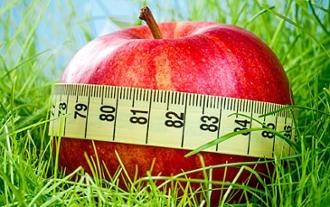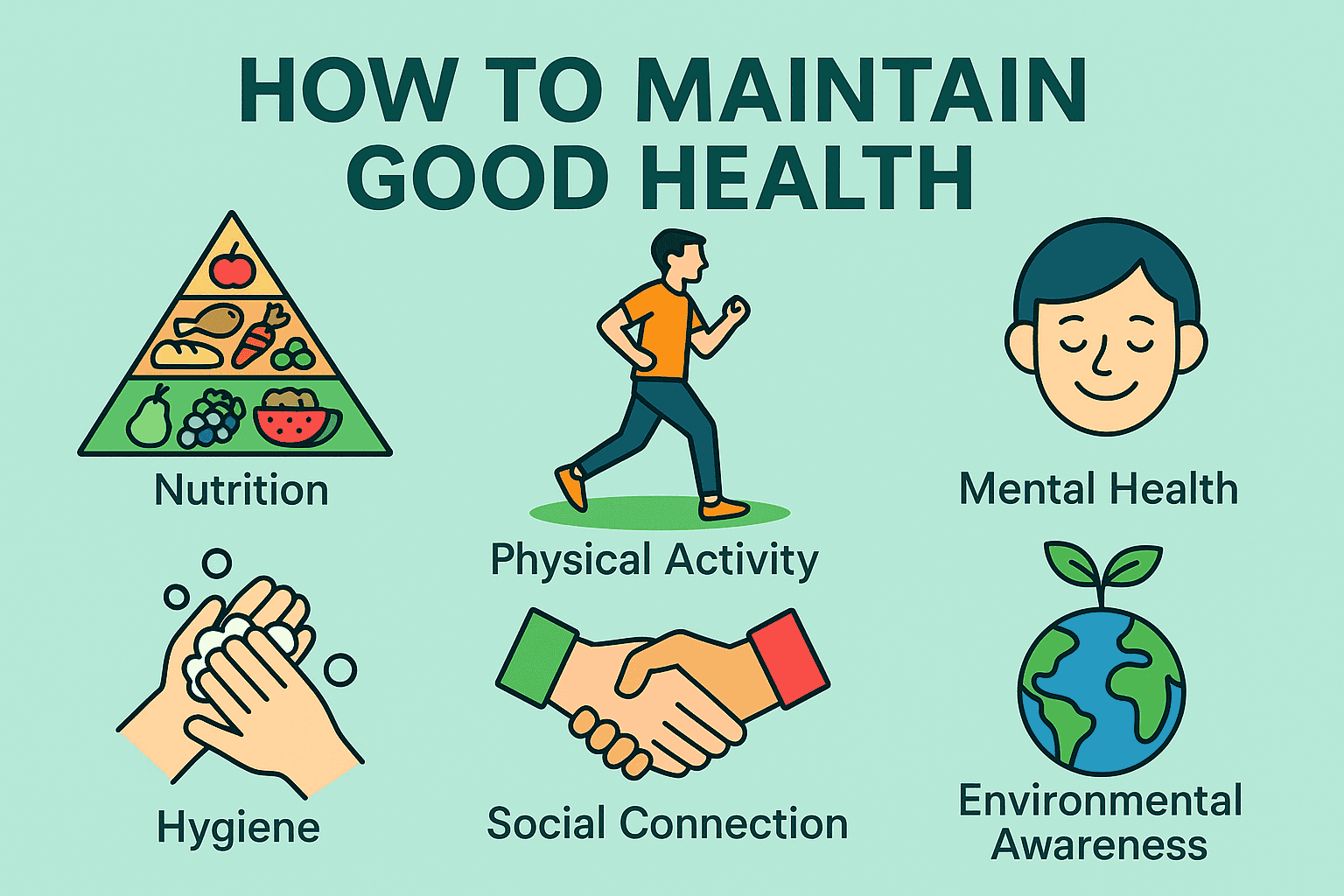Do Light Foods Really Help You Lose Weight?
When I first started paying attention to my diet, I used to fill my cart with anything labeled “light.” From yogurt and chocolate to soft drinks and even butter, I assumed that “light” meant “weight loss.” But over time, I learned the hard way that it’s not that simple.
The term “light” on packaging usually means that one component—like sugar or fat—has been reduced by at least 30%. Sounds great, right? But the reality is, just because one element is reduced doesn’t mean the product as a whole is low in calories or good for weight loss.
Let me explain what I found through personal experience and research.
⚖️ It’s Not Just About Less Fat or Sugar—It’s About Total Calories
Take “light” soft drinks, for example. Many replace sugar with sweeteners like saccharin or aspartame, which have far fewer calories. But newer studies suggest these artificial sweeteners may disrupt hunger regulation, increasing your appetite and causing you to eat more later. I’ve definitely noticed feeling hungrier after drinking them compared to water or herbal tea.
The same goes for 0.0% fat yogurts. If they include cereals, fruits, or sweeteners, the total calories may be similar—or even higher—than full-fat plain yogurt. A light yogurt with sugary fruit mix-ins may not be the better choice. I made that mistake too many times before learning to read the full nutrition label.
🍫 Don’t Be Fooled by Light Chocolate or Bread
I once bought a “light” chocolate bar thinking I was making a better choice. Sure, it had less sugar, but it still packed a lot of fat. And don’t get me started on whole-grain bread! Many believe it helps with weight loss, and while it’s definitely a healthier option thanks to fiber, it has the same calories as refined bread. It just fills you up faster—which can be helpful if you’re trying to control portions, but it’s not magic.
🧾 Why Reading Labels Changed Everything for Me
The biggest mindset shift I had was realizing that two portions of a light product can equal—or even exceed—the calories of one normal portion. I began comparing calorie counts and not just trusting the label on the front of the packaging.
That’s when I started seeing results. I didn’t stop eating light foods entirely, but I used them strategically and always within the context of a balanced diet. Light products can help, but only if you’re mindful of how much you eat and how they fit into your total daily intake.
🏃♀️ My Honest Conclusion: Light Foods Can Help—but Only When Used Smartly
From my personal experience, I can say this: light foods don’t make you lose weight on their own. They can support your weight-loss journey, but only when combined with a balanced eating plan and physical activity.
Now, I follow a diet tailored to my needs—with guidance from a nutritionist—and I’ve learned to use light foods as tools, not solutions.
Frequently Asked Questions
Light foods may help with weight control when used in a balanced diet, but they don’t guarantee weight loss by themselves.
‘Light’ means a reduction of at least 30% in one ingredient like sugar or fat, but not necessarily fewer calories overall.
They have fewer calories but may increase hunger and appetite, making weight control harder for some people.
Yes, if consumed mindfully and within a calorie-controlled diet. Always read the full nutrition label to understand the actual calorie value.




